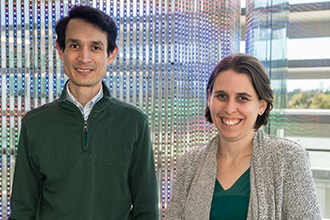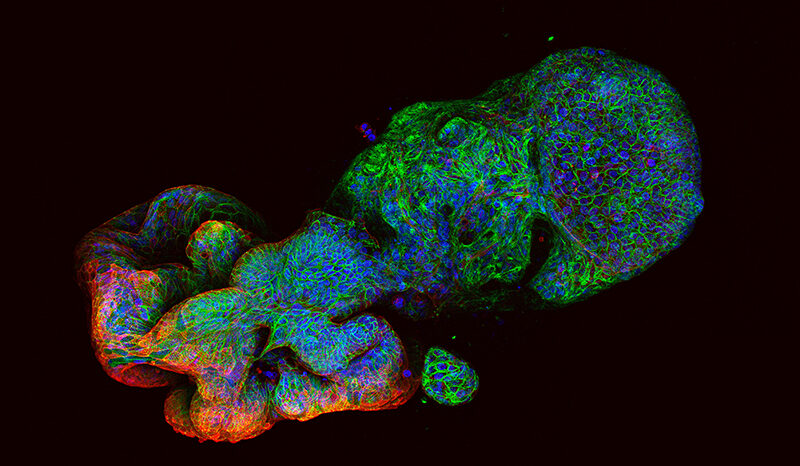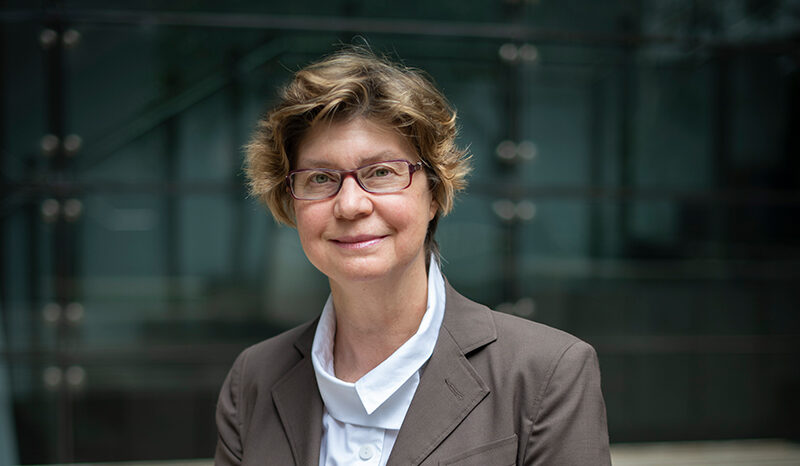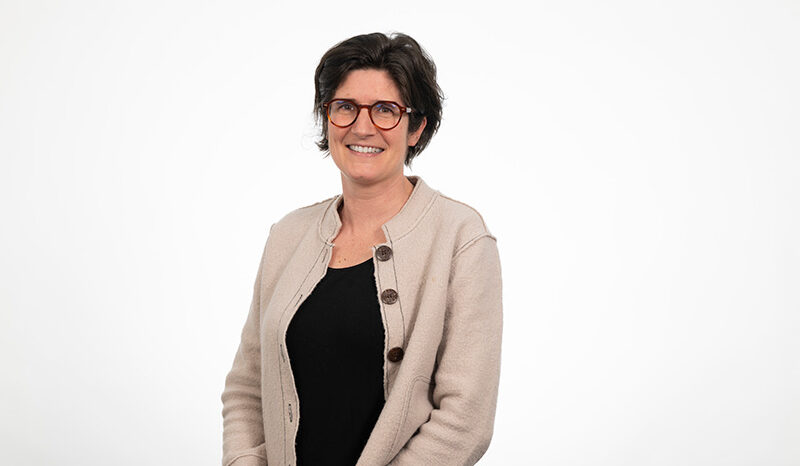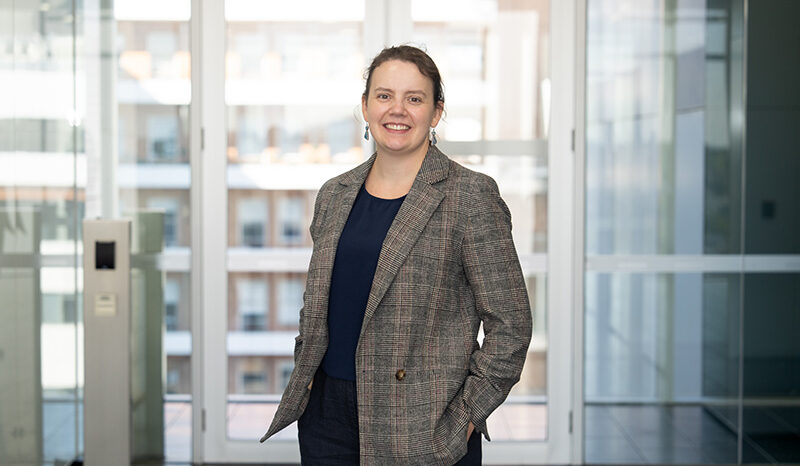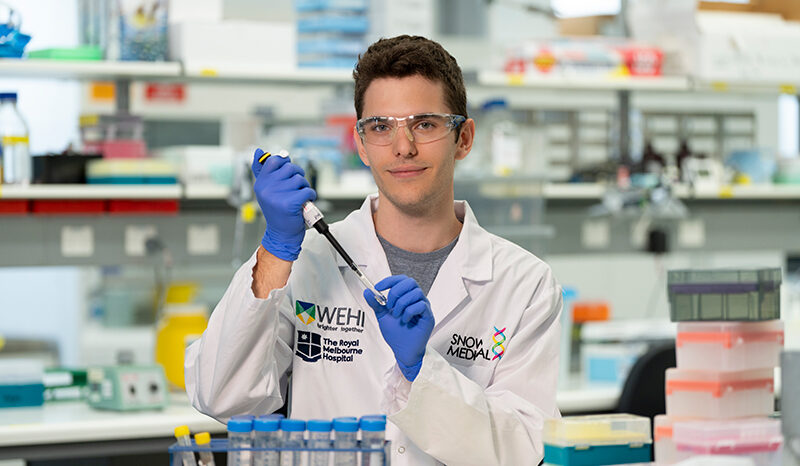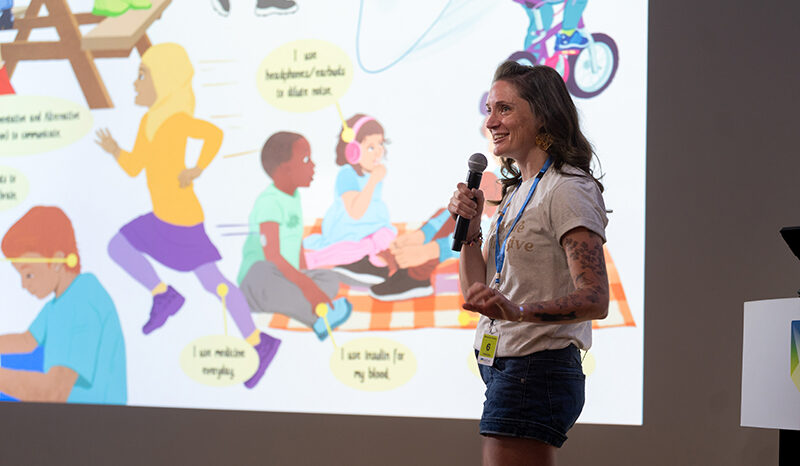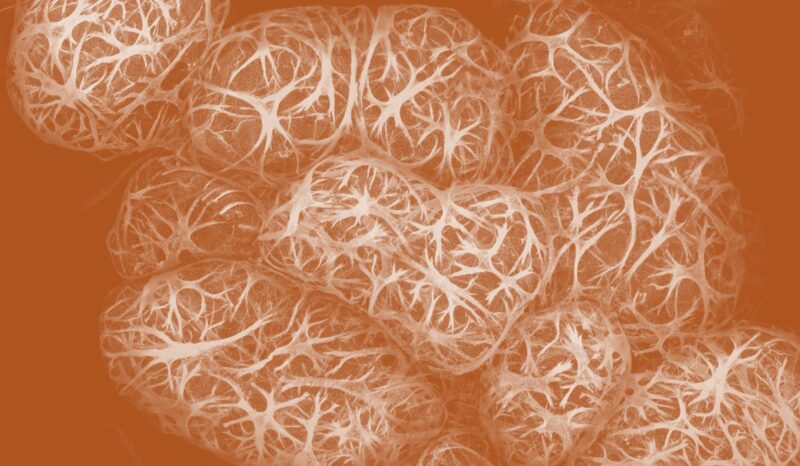National research project
The multiple primary cancer project began in 2016 as an intriguing clinical observation by Prof Scott, as part of the work of her team in building the national WEHI Stafford Fox Rare Cancer Program, supported by the Stafford Fox Medical Research Foundation.
This super-survivor program is now a national initiative that involves several institutes and researchers.
“Over a seven-year period, we’ve identified 32 patients from around Australia, diagnosed with three or more different cancers in their lifetime,” says Dr Shield-Artin.
“It’s a unique group, encompassing 40 different tumour types and over 100 tumour samples. “Each of them has had at least one rare cancer – defined as a cancer with an incidence of fewer than six cases per 100,000 Australians per year – as well as two or more other types of cancer.”
Identifying whether these patients share a predisposition to cancer or their immune systems have special properties that have helped them overcome their cancers – or a combination of both – has implications for the diagnosis, treatment and even prevention of cancers in a much broader population.



